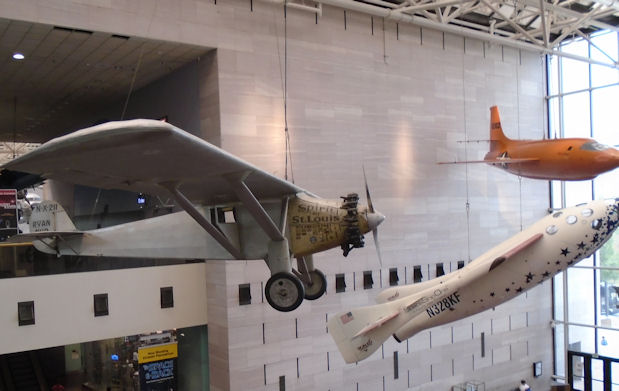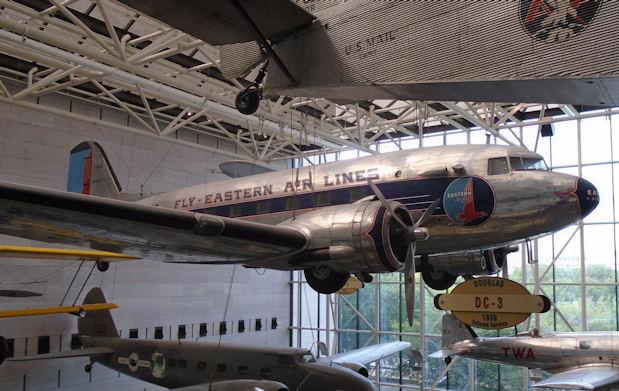
I am working to figure out where I might be most useful and it is interesting. I went to the Air & Space Museum. It is very popular with overseas audiences. It is very hard to send actual stuff to partner museums and that is a specialty beyond my skill set. But I do understand outreach and we talked about speaker programs along with poster shows. Smithsonian has recently done a poster show on space suits called Suited for Space, about an exhibit of the same name.

Space suits are interesting. They are made of layers of different metals and plastics and they are bullet proof. They need this because little pieced of stuff are flying around space at high speed, like bullets.

Another interesting thing about space suits is that they are disintegrating. They are produced of layers of plastics and metals. As the plastics decompose, they produce acid that corrodes the suits.

Early space suits were tailor made for the particular astronaut, but today’s space travelers get their suits off the rack. We talked a little about the movie “Gravity.” There are lots of things that are improbable, but one of the impossible things is that an individual cannot just put on or take off space suites.
Of course, there are many other things the museum can produce. We just need to make the connections. That is very simple in theory but not easy in practice.
My pictures are mostly self explanatory. You see the Spirit of St Louis. Charles Lindbergh donated it to Smithsonian with the condition that it never leave. Lindbergh was the world’s leading celebrity in 1927 after he flew alone in that little plane all the way to France.
Flying across the Atlantic was a really big deal that changed the course of history. Before the flight, the U.S. was not a leader in aviation. The Lindbergh flight caught the popular imagination. It is impossible to quantify the effect, but it was significant.
Others were trying to make the crossing.

While it is true America was not necessarily leading in aviation design it was leading in aviation fanatics and people thinking seriously about how aviation could be used to do things that would make the world smaller, more convenient, and more dangerous.
Eddie Rickenbacker was thinking about how to make commercial aviation practical. The Eastern Airlines DC-3 in one of your images dates from his ownership of the airline.
Billy Mitchell was well on the way to irritating the top brass of the military into court marshaling him over his over-the-top insistence military aviation was the wave of the future. What’s funny about Mitchell is that he was wrong about winning wars with aviation (short of using atomic weapons), but he was right in that control of the skies was crucial to future battles and wars.
Two great instruments of the proof of that were nearing completion in the form of the first “fast” aircraft carriers in the world, the U.S.S. Saratoga and the U.S.S. Lexington. Both had been made useless after their keels had been laid as future cruisers by the Washington Naval Treaty in 1922. Both would join fleets in 1928 as grand “what the hell” experiments. Then over the next five years, and with inspired leadership, they would teach the Japanese admiralty and a few wise leaders elsewhere how strategically important naval aviation would some day be.